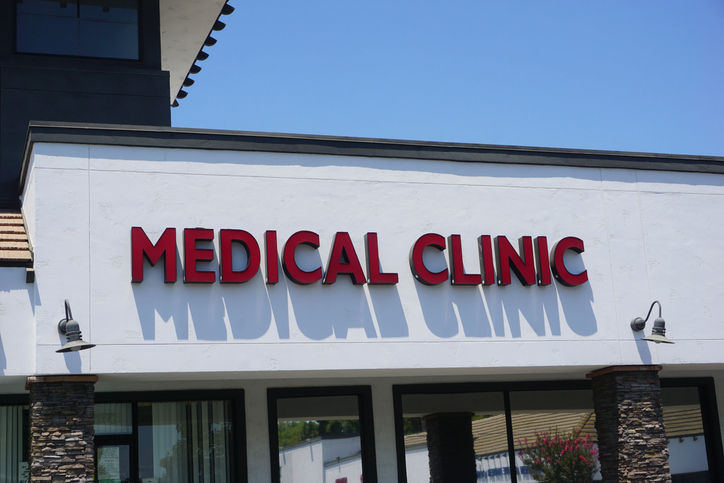Three Ways to Tackle MedTail Facility Management
MedTail organizations — those offering medical and wellness services in a retail environment — have distinct facility management challenges. Leaders must balance regulatory and healthcare-adjacent requirements that come with the industry with more retail-focused concerns, such as understanding traffic patterns, seasonality, branding, and store systems.
But just as other facility managers must navigate annual planning at this time of year, so too must MedTail facility management leaders. There are essentially three high-level philosophies when it comes to annual planning:
- Take a reactive approach, in the hope of conserving resources, and address issues, repairs, and new installations only as needed or when existing assets fail
- Take a proactive approach, and invest in new systems to prevent potential breakdowns, unplanned expenses, and store disruptions
- An awkward blend of these two, which can quickly cause confusion, disruption, and misalignment internally and with outside partners
We are not criticizing reactive MedTail facility management strategies — sometimes, this is what works best, depending on aspects such as store count, existing asset conditions/ages, and other factors. Unfortunately, such strategies often lack the data and tools necessary to know with certainty that a reactive approach is what is, in fact, best for the business.
A Proactive Approach is Best
And it’s not simply because “proactive” sounds better — it simply is. But what exactly does proactive mean? While there are many ways to be proactive in MedTail facility management, we’re speaking of how key assets — HVAC/R systems, energy management tools, FLS systems, plumbing infrastructure, lighting systems, signage, and more — are maintained and replaced. As a MedTail organization, each of these is critical to the operations of each location in your footprint. If one system goes down, it could lead to a store closure, prolonged discomfort for customers, or even the complete inability to operate until it’s fixed.
Rather than running these assets to failure, often referred to as run-to-failure (RTF), data should be gathered about each asset across your locations to best understand key information. For example, what is the age of the HVAC systems at specific locations? If they are aging a bit too close to any estimated lifespan, every day that they continue to operate equates to greater risk. Are certain assets creating more energy expense, or are they past their manufacturer warranty?
In this situation, it would be far better to replace these aging and underperforming assets proactively using CapEx resources rather than going RTF and having to hurriedly and expensively replace them — after they’ve already broken down and caused a store closure. The difference here is clear: proactively replace assets in a planned manner to avoid expense, or wait and experience a potential triple whammy of cost (replacement, likely markup due to rushing, and cost of the store closure).
What Will Your Approach Be?
With annual MedTail facility management planning and budgeting underway or about to begin for many organizations, now is the time to consider if a CapEx strategy is right for your business (spoiler alert: it is). Budgeting season is ideal as facility management leaders, finance teams, and executives can collaboratively evaluate this approach and adopt it for the year ahead.
But there is one final key to its success: understanding who will actually execute the CapEx plan. If your internal team doesn’t have capacity, partnering with an aggregator that offers CapEx support will be essential. This team will participate in annual budget planning and support the internal facility management team with proven tools, processes, data, and vendor relationships to ensure the CapEx program is managed expertly at all times.
CLS Facility Services provides this expertise to MedTail organizations and many others nationwide. For more than 50 years, we’ve been building, executing, and reporting on aggregated facility asset maintenance programs with measurable success — and we can do the same for you. Connect with us to learn more about our capabilities in CapEx asset maintenance.



